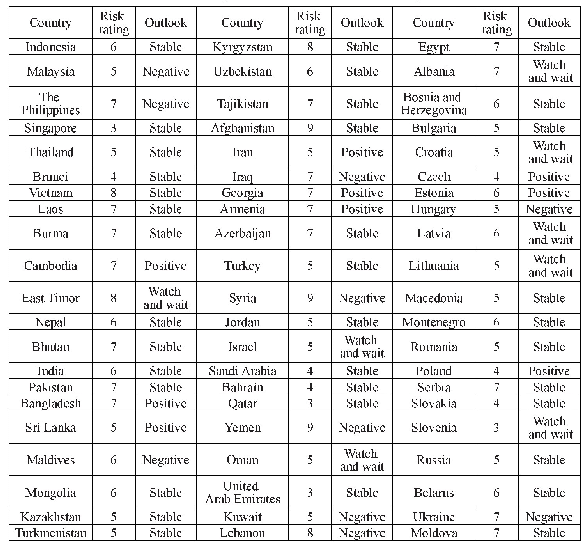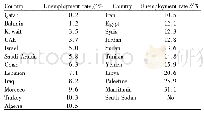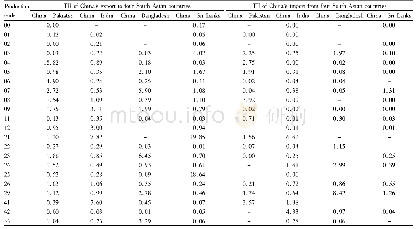《Table 1 Poverty rate of major poverty-stricken countries in West Asia and North Africa》
 提示:宽带有限、当前游客访问压缩模式
提示:宽带有限、当前游客访问压缩模式
本系列图表出处文件名:随高清版一同展现
《Anti-Poverty Cooperation between China and West Asian and North African Countries in the Context of the Belt and Road Initiative》
Data source:World Bank,Pov States.
In 1987,the poverty line standard first appeared in the world(namely,1 USD for a person daily).At that time,the incidence of poverty in West Asia and North Africa was only 4.3%,accompanied with the rapid economic development,the poverty rate has been declining.In the 1990s,however,the poverty line standard gradually increased and the number of poor people began to rise[2].Except a few oil-rich countries such as the United Arab Emirates,Kuwait,Qatar,etc.,most countries in West Asia and North Africa suffered different levels of poverty.In economically underdeveloped regions such as Mauritania,South Sudan and Sudan,the poverty rate even exceeded 40%.Among them,South Sudan was 50.6%,Sudan was 46.5%,and Mauritania was 42%(Table 1).For a long time,these countries had to rely on foreign aid and the anti-poverty capability was very low.Israel is a relatively developed capitalist country in West Asia and North Africa.It has strong economic strength and developed industry,but poverty is still serious.According to the data of Israel's Central Bureau of Statistics,more than 1.7 million people live below the national poverty line in 2014,accounting for the 22%of its total population.The poverty in Egypt,Iran,and Saudi Arabia is also worrying,with the proportion of poverty-stricken people accounting for more than 20%of their total population.Since the entry of the21st century,the Western-led anti-terrorism war has intensified the regional turmoil.The Afghan war,the Iraq war,the Syrian civil war,and the Yemeni civil war have made West Asia and North Africa a\""severely hit area\""and the number of refugees fleeing the war has been increasing dramatically.In 1999,the number of refugees in the Middle East was 4.295 million.In2012,the figure has grown to 10.3 million,accounting for 28.7%of the total number of refugees in the world,making the Middle East become the area with the largest number of refugees in the world.Such large number of refugees has greatly exceeds the social carrying capacity of the West Asia and North Africa region,making some underdeveloped countries cannot bear such heavy load.These have brought about dramatic impact on social and economic development of the region.
| 图表编号 | XD00182648700 严禁用于非法目的 |
|---|---|
| 绘制时间 | 2018.12.01 |
| 作者 | Xiaoxing WANG |
| 绘制单位 | College of Economics and Management,Southwest University |
| 更多格式 | 高清、无水印(增值服务) |





